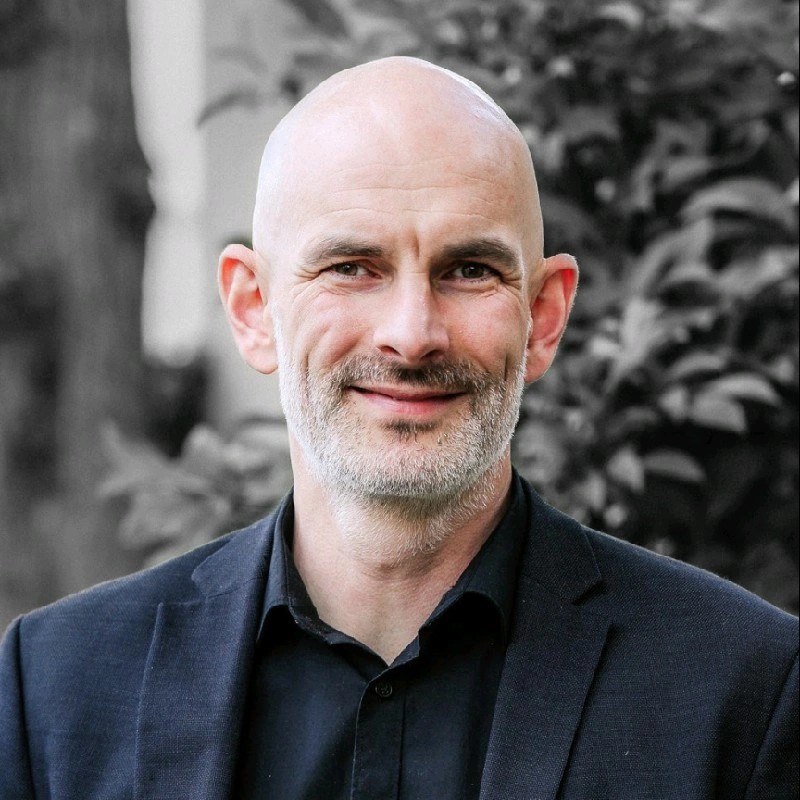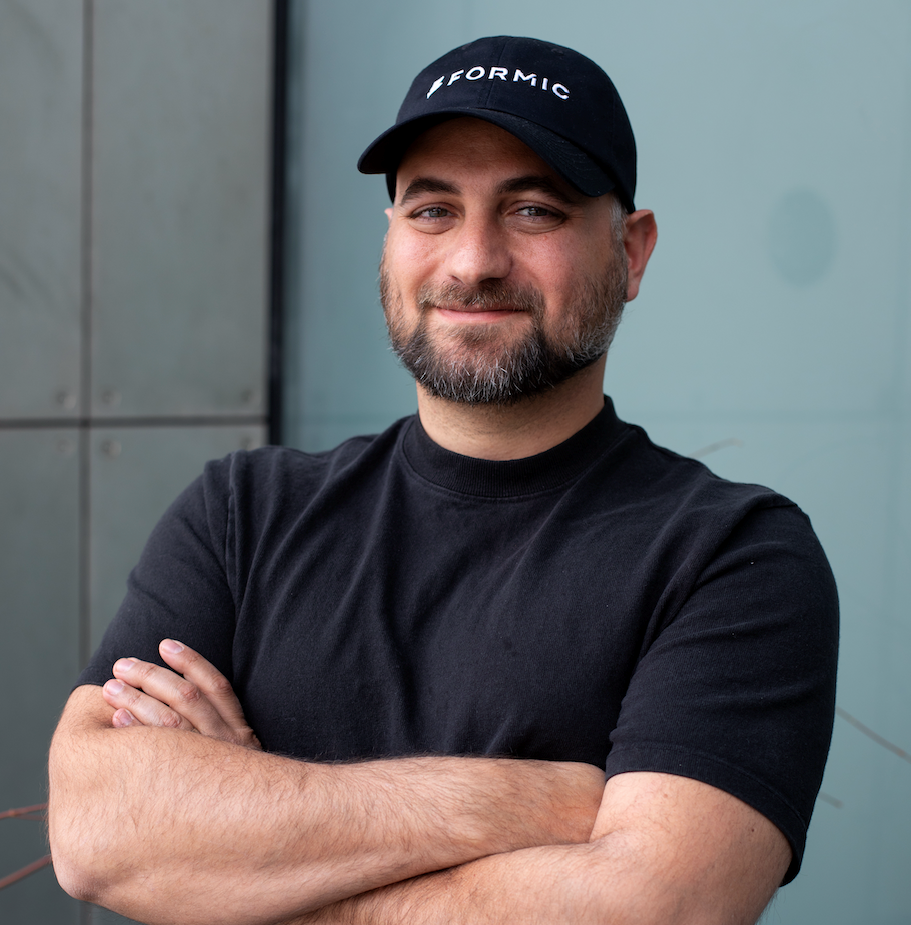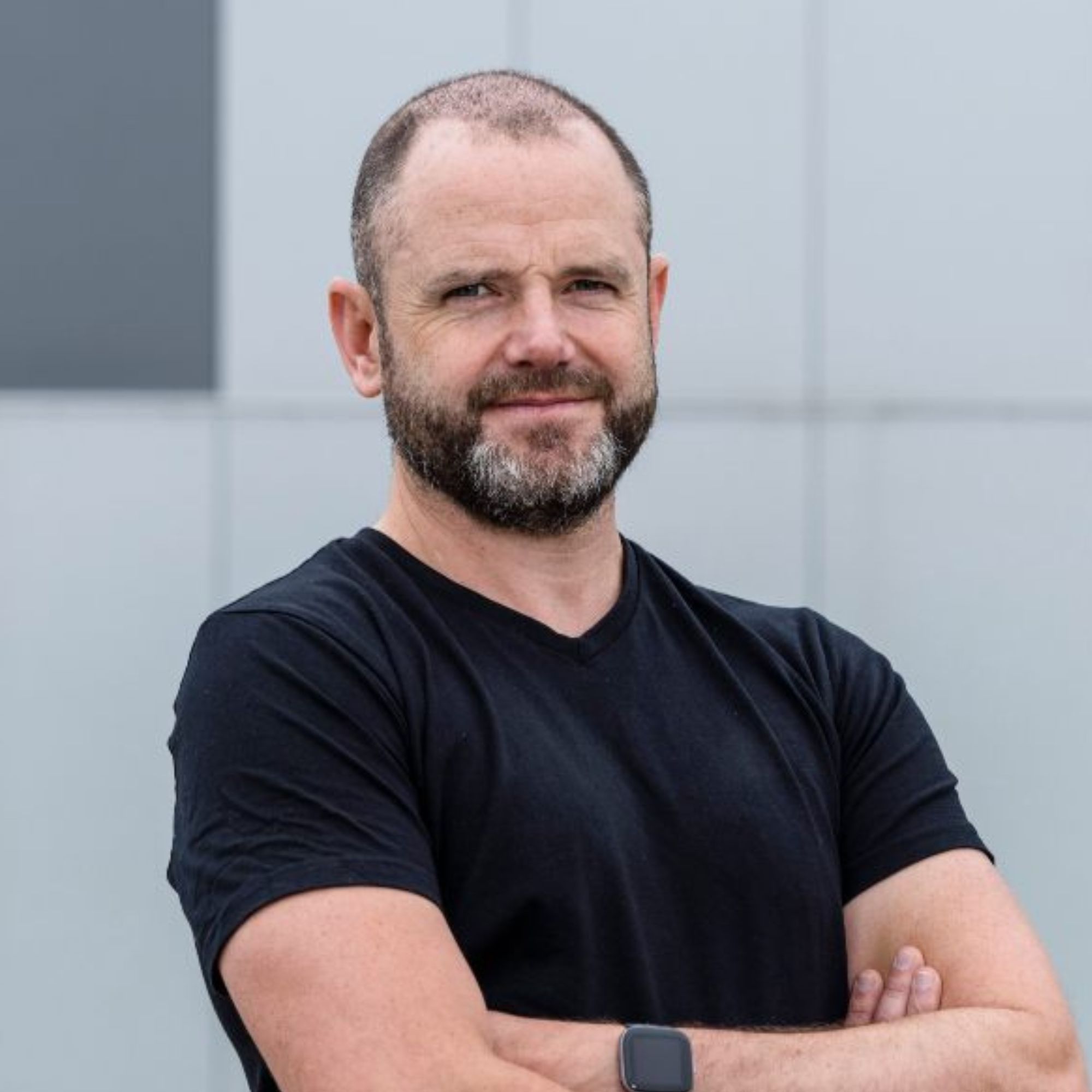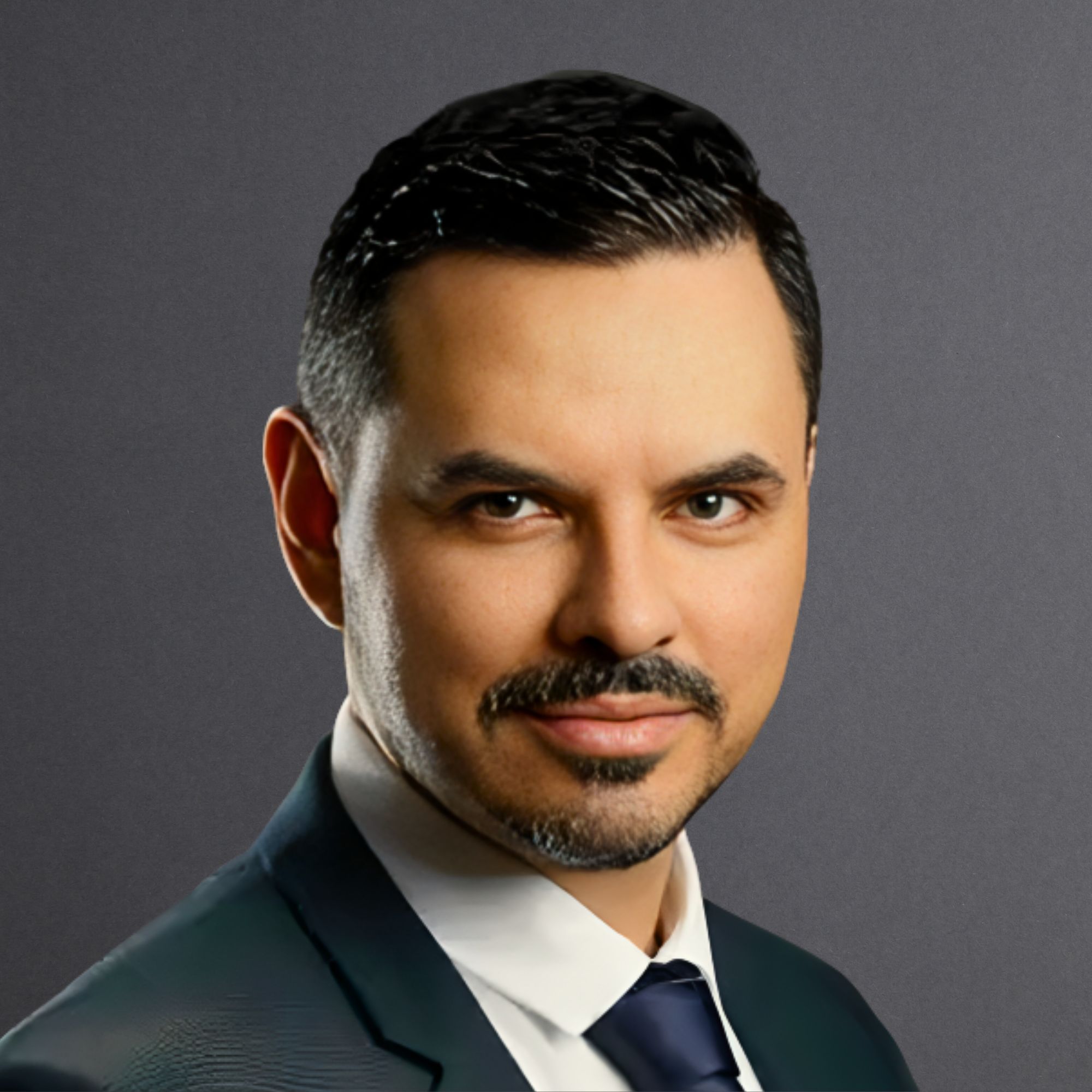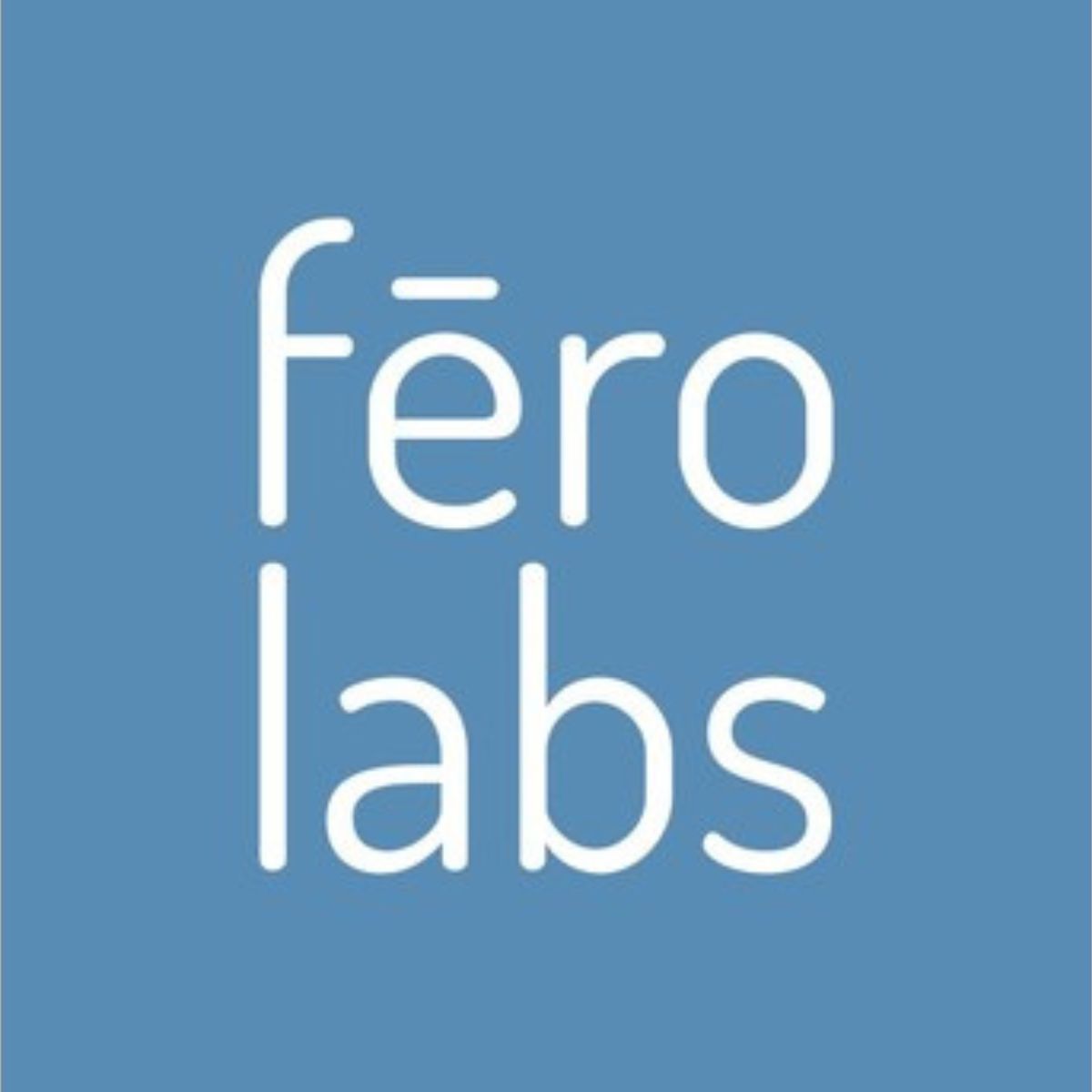Ready to build your own Founder-Led Growth engine? Book a Strategy Call
Frontlines.io | Where B2B Founders Talk GTM.
Strategic Communications Advisory For Visionary Founders
Actionable
Takeaways
Kill upmarket plans when your core segment outpaces them:
First Resonance planned to move from scale-ups to traditional defense and aviation giants. They didn't execute. Karan found that staying with scaling startups delivered faster growth and higher ROI than "long sales cycles" with customers "averse to modern technology." The lesson isn't about patience with enterprise—it's about recognizing when your initial segment is expanding faster than you can capture it. If your TAM is growing 40%+ annually from customer expansion alone, moving upmarket is a distraction.
Test PLG fast, kill it faster in multi-stakeholder environments:
First Resonance ran a PLG experiment and "quickly learned it does not" work in manufacturing. The buying process involves "centralized, coordinated, orchestrated, many decision makers, many influencers." But they kept the instrumentation. They use "product utilization and usage and engagement" data to "package subsequent value" for renewals and expansion. The tactical move: instrument your product like PLG, sell like enterprise, and use analytics to drive net dollar retention during annual renewals.
Treat cloud service provider status as a wedge, not overhead:
As a cloud service provider to defense contractors, First Resonance maintains compliance with CMMC, FedRamp, and NIST 800-171. Rather than viewing this as cost center, Karan noted "regulations are getting easier, not harder" and that this is "a benefit to innovators." For B2B founders selling to regulated industries: invest in compliance infrastructure early, monitor regulatory roadmaps (like FedRamp 20x), and position compliance as competitive moat when competitors can't move as quickly.
Pattern match your wedge vertical to adjacent disruption:
First Resonance saw their aerospace playbook repeat in nuclear energy "literally in the last three, four years." The pattern: legacy incumbents "too big to fail" but "so large and inertial, so hard to move, that startups are going to have to come in and close that gap." When one vertical shows this pattern, adjacent industries with similar incumbent dynamics are expansion candidates. The key signal: former SpaceX/Tesla talent founding companies in that vertical.
Design brand for the incoming generation, not the incumbent buyer:
With the old guard "rapidly retiring" and manufacturing becoming "cool," First Resonance built a brand with "bold colors and straight lines" that "combines cybernetic systems with inspiration from the Matrix." Karan explicitly rejected softer design trends: "throw all that out." For technical products in industries with demographic shifts, design for the 30-year-old engineer who will champion your tool, not the 55-year-old executive who signs the contract.
Deepen rather than proliferate when customers expand physically:
First Resonance doesn't worry about logo count because their customers are "scaling in terms of factory square footage and the number of teams." Their expansion motion: "observe product analytics and customer signals and package subsequent value" for upselling during renewals. The tactic works because aerospace and energy have "a tailwind of decades." For infrastructure software with usage tied to physical operations: if customers are adding factories or production lines, you don't need new logos—you need seat expansion and module attach.
Conversation
Highlights
How First Resonance Killed Their Upmarket Plans and Won the Hard Tech Scale-Up Market
Most B2B playbooks say move upmarket once you’ve proven product-market fit. First Resonance planned exactly that—then watched their data prove the opposite.
In a recent episode of Category Visionaries, Karan Talati, CEO & Co-Founder of First Resonance, explained how his company captured the emerging hard tech manufacturing market by staying focused on scale-ups rather than chasing Boeing and Northrop Grumman.
From SpaceX’s 3x Headcount Surge to Founding Insight
Karan joined SpaceX in 2013 as employee 2,000, during the company’s shift from prototype to production. “The company was going from designing and building like one rocket and it just needed to work once into like what does a production operation look like at higher scale,” he explains. Three years later, the company had tripled to over 6,000 people.
The growth exposed a systems gap. SpaceX had built internal tools to orchestrate factory operations because commercial alternatives couldn’t handle their needs. “These product categories broadly exist already, but they’re all very legacy and they’re all very bad and nobody likes them,” Karan notes.
For emerging hardware companies, the problem was worse. Legacy manufacturing execution systems required “huge timeline to implement, very expensive” and were “just unattainable” for startups trying to scale from R&D to production.
After leaving SpaceX, Karan spent two years at a martech startup—an intentional departure from aerospace bureaucracy. But by 2019, former colleagues were founding hard tech companies, and the pattern was clear: they all faced the same infrastructure problem SpaceX had solved internally.
The Revenue Math That Killed the Enterprise Motion
First Resonance launched with the standard B2B progression: win scale-ups, then graduate to enterprises. Defense primes and legacy aerospace would be the endgame.
The data reversed that plan within months.
“What we found actually was that we didn’t need to,” Karan says. “The ROI and the value was just so much bigger in sticking to what we started out with, because that market has just exploded in terms of value.”
The scale-ups weren’t just growing—they were expanding faster than First Resonance could capture them. Meanwhile, enterprise deals meant “long sales cycles” with customers “so averse to modern technology” that they represented “stagnating giants.”
Here’s the counterintuitive insight: when your core segment is in hypergrowth and customers are physically expanding (adding factories, production lines, teams), staying focused on that segment can deliver better unit economics than moving upmarket. The companies First Resonance signed early weren’t staying small—they were scaling into the revenue tiers that would normally trigger an upmarket strategy.
Testing PLG, Killing the Motion, Keeping the Infrastructure
In 2019, product-led growth was the dominant narrative. First Resonance tested it.
“We tried a PLG motion, a product led growth motion,” Karan explains. “We quickly learned that it does not. This is a very like centralized, coordinated, orchestrated, many decision makers, many influencers kind of around the table.”
Manufacturing software purchases involve operations, quality, production managers, and executives. The buying committee is structural, not a go-to-market problem to solve with better onboarding.
But First Resonance made a tactical decision most companies miss: they kept PLG’s instrumentation while pivoting to enterprise sales.
“We take a lot of the tools in a PLG model of observing product utilization and usage and engagement and things like that, but we apply them very much in this more traditional kind of annual contract, go to market,” Karan says.
The playbook: sell through enterprise motion, instrument like PLG, and use product analytics to “observe those product analytics and customer signals and basically package subsequent value” for renewals and expansion during annual contract cycles.
It’s a hybrid model that matches manufacturing’s buying reality while maintaining the visibility that drives net dollar retention.
Adjacent Market Expansion Through Pattern Recognition
First Resonance’s expansion into nuclear energy wasn’t strategic planning—it was pattern recognition.
Their initial customers were “new space” companies: satellite manufacturers, launch providers, companies building what couldn’t exist a decade ago. But around 2021, Karan noticed former aerospace talent founding nuclear energy startups.
“The same pattern that we saw in new space getting into kind of like sustained aerospace manufacturing, it started to happen in nuclear energy,” he explains. “And this is like literally we’re talking about like the last like three, four years.”
The pattern: industries where incumbents are “too big to fail” but “so large and inertial, so hard to move, that startups are going to have to come in and close that gap.” When SpaceX alumni start companies in a vertical, it signals the same manufacturing scale-up challenges are emerging.
First Resonance didn’t need to rebuild their product. The technical requirements—moving from R&D prototypes to production manufacturing, managing quality systems, orchestrating factory operations—were identical. The expansion was almost automatic.
The tactical lesson: if your core disruption involves startups challenging legacy incumbents, watch where your initial vertical’s talent network goes next. Adjacent industries with similar incumbent dynamics are natural expansion paths.
Cloud Service Provider Compliance as Competitive Moat
Defense contractors operate under CMMC, FedRamp, and NIST 800-171 requirements. First Resonance invested early in compliance infrastructure, treating it as strategic advantage rather than overhead.
“We have a sharp eye on CMMC, we have a sharp eye on FedRamp and we’re also monitoring what the changes are coming in with FedRamp 20x,” Karan explains.
The tactical advantage: when defense startups need manufacturing software, security requirements dramatically narrow the vendor pool. Competitors without compliance infrastructure need years to catch up.
But Karan sees a larger opportunity. “The good news I think right now for innovation and tech is that regulations are getting easier, not harder. And that’s a benefit to innovators and to solving problems.”
As defense procurement modernizes and regulations streamline, First Resonance’s early compliance investment positions them to move faster than less-prepared competitors. What started as cost center becomes moat.
Brand Strategy for the Incoming Generation, Not the Incumbent Executive
First Resonance’s visual identity is deliberately bold: sharp lines, bright colors, cyberpunk aesthetics. It looks nothing like traditional enterprise software.
The decision was intentional. “The old guard is rapidly retiring, and there’s a new class of workforce coming in,” Karan notes. Manufacturing is “cool” again, and the engineers at these companies don’t want tools that look like they were built for retiring executives.
“It really comes down to just taking bold bets on attracting where things are going and effectively designing for vibes,” he explains. The aesthetic combines “cybernetic systems with like inspiration and motivation of like being in the Matrix.”
The contrast with typical B2B design is stark. While others embraced “softer design and parallax animations,” First Resonance rejected those trends entirely. “It’s like okay, throw all that out. Like what’s the thing that really like we’d want to do from the ground up?”
The insight: when your market is undergoing generational workforce transition, design for the champion who will evangelize your product, not the executive who signs the contract. The 30-year-old former SpaceX engineer choosing manufacturing tools cares more about the product feeling modern than the brand feeling “enterprise-safe.”
Expansion Through Physical Growth, Not Logo Proliferation
First Resonance’s growth model exploits a unique characteristic of their market: customers are literally building more factories.
“We don’t have to count on a proliferation of logos,” Karan explains. “We could just get deeper and deeper with companies that inherently will get larger because these industries are only growing.”
Aerospace and defense are expanding due to geopolitics. Energy has “a tailwind of decades” from electrification. First Resonance’s customers aren’t just using more software seats—they’re opening second and third factories.
The expansion motion is straightforward: “Observe those product analytics and customer signals and basically package subsequent value” for annual renewals. When a customer adds factory square footage, First Resonance is already embedded in their operations and can expand into the new facility.
This creates a land-and-expand model tied to physical infrastructure rather than just software adoption. Every new production line, every factory expansion, every additional team represents expansion revenue.
For B2B founders in infrastructure software, the lesson is clear: if your customers’ usage scales with physical assets (factories, stores, vehicles, equipment), focus on deepening relationships in expanding markets rather than maximizing new logo acquisition.
The Convergence Thesis Driving It All
Underlying First Resonance’s strategy is a bet on hard tech’s structural shift. Karan points to Anduril—founded in 2018, already winning major defense contracts—as evidence the pattern extends beyond aerospace.
The companies First Resonance serves are building products that were technically impossible five years ago. Electric aviation required advances in battery density, composite manufacturing, and 3D printing to converge simultaneously. Micro-nuclear reactors emerged from research into space colonization power systems.
“We are going to be living in a world where the digital and physical are fully merged,” Karan says. AI is “making available to people in the digital world what was only limited once to people that operate in the physical world.”
The knowledge silos between mechanical engineering, electrical engineering, and software are breaking down. First Resonance is building infrastructure for that convergence—the operating system layer for companies building at the intersection of bits and atoms.
For founders evaluating markets, First Resonance’s trajectory illustrates a key insight: when multiple enabling technologies converge simultaneously, the companies capitalizing on that convergence need new infrastructure. The legacy systems can’t handle the pace or complexity of what’s now possible.
The hard tech renaissance isn’t hype—it’s a structural shift driven by technology convergence. And the companies winning in this environment are the ones who recognized early that staying disciplined on the core segment beats chasing upmarket logos when the segment itself is exploding.
